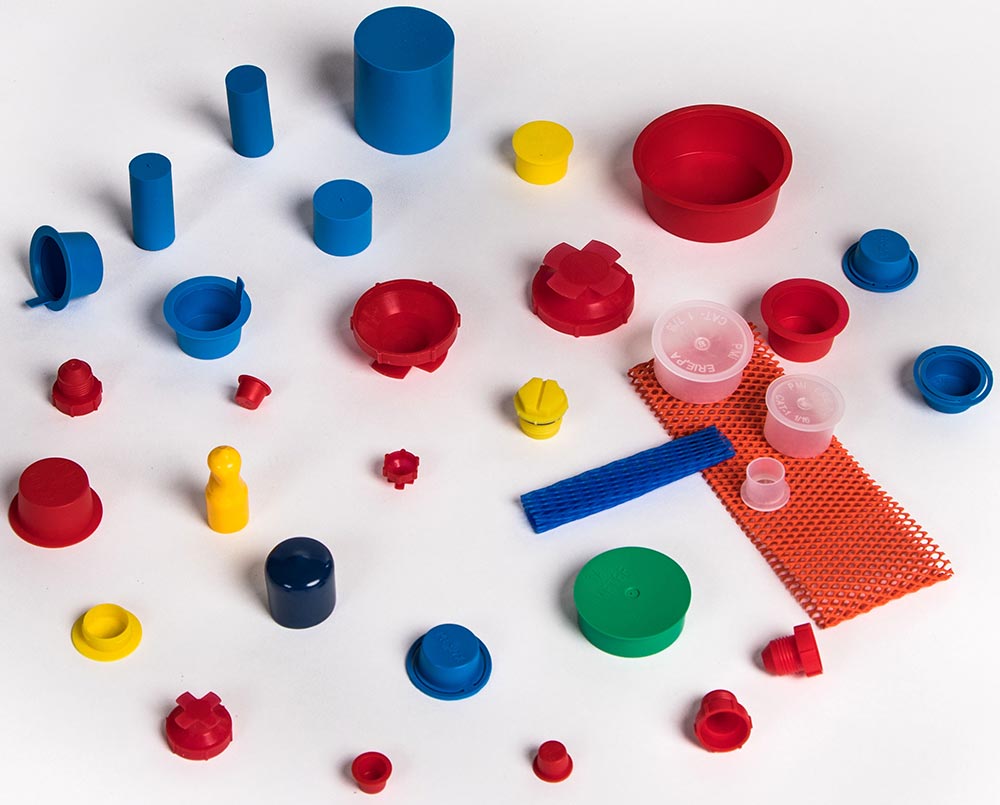News & Events


How Is Color Added Into the Injection Molding Process?
When you have a specific vision for your product, you want its prototype to match that idea as much as possible. This includes details like its unique shape, performance capabilities, and, especially, its color. As such, color plays an integral role in the injection molding procedure, and there are several different ways manufacturers can approach adding this feature. We’ll discuss a few of these methods here and show how color is added into the injection molding process.
Color Compounding
One of the first color integration practices to keep in mind is color compounding. In these cases, the colored pigment is already in the plastic resin from the moment of its creation. This allows plastic injection manufacturers to save time by working directly with colored pellets instead of creating them on their own. This is the cheapest and easiest route for businesses, as they can simply keep a certain amount of colored resin in stock to use as needed.
Solvent Coloring
The solvent coloring method is also very popular. During this process, colored pigment oil mixes with a solvent material. The manufacturer then sprays this over uncolored or neutral plastic pellets. Because the solvent thins the pigment, you can color more plastic with less dye. As such, this is a great way to save money on materials. However, it’s important to note that it’s harder to measure the amount of pigment used during this process, and you may end up with an incorrect color-to-plastic ratio.
Masterbatching
Another way that color is added into the injection molding process is through what’s known as masterbatching. A masterbatch is a collection of highly pigmented plastic pellets that mixes well with uncolored resin. When this happens, the color combines with the rest of the plastic, creating the overall color you want to achieve. These pellets can’t undergo injection molding as-is, though, so you must have a batch of uncolored resin as well for it to work.
Dry Pigment Mixing
You could even use dried pigment if you so choose. This practice is like solvent coloring in that it uses a base pigment to coat the outside of uncolored plastic pellets. However, since this uses a powder rather than a liquid, the pellets must dry before the coating phase. Another aspect like solvent coloring is that it’s difficult to tell how much pigment you use relative to the amount of plastic. So you might not end up with the exact color you need.
To learn more about the process of integrating color into plastic injection molding, contact Polymer Molding. As a custom injection molding company, our team has perfected the art of crafting plastic molded items to your exact specifications. We’re confident that we can take your vision and turn it into reality, regardless of the dimensions, characteristics, and colors you want.

